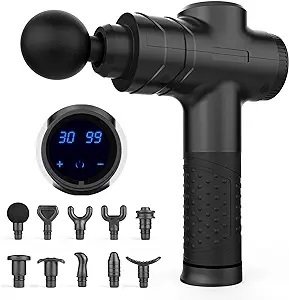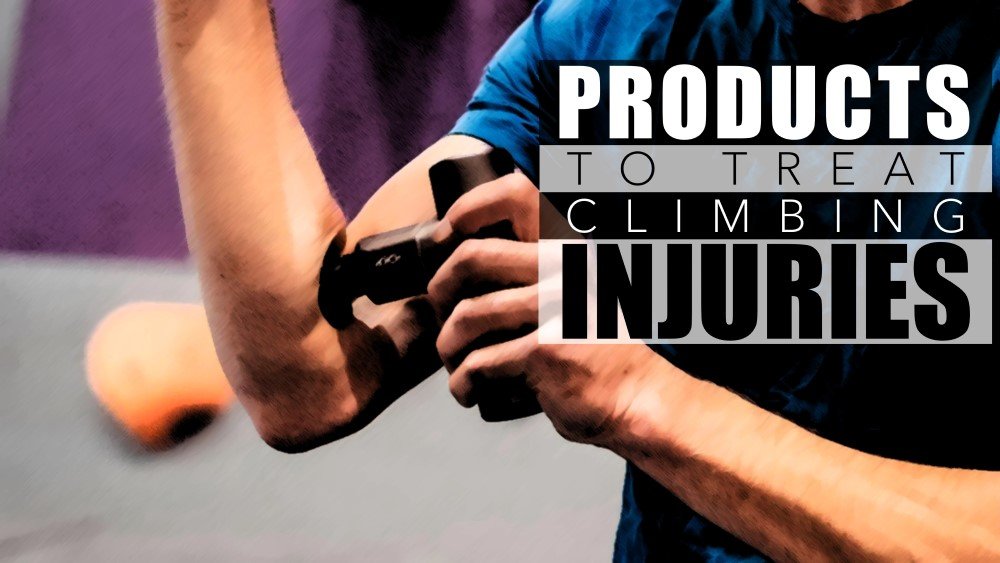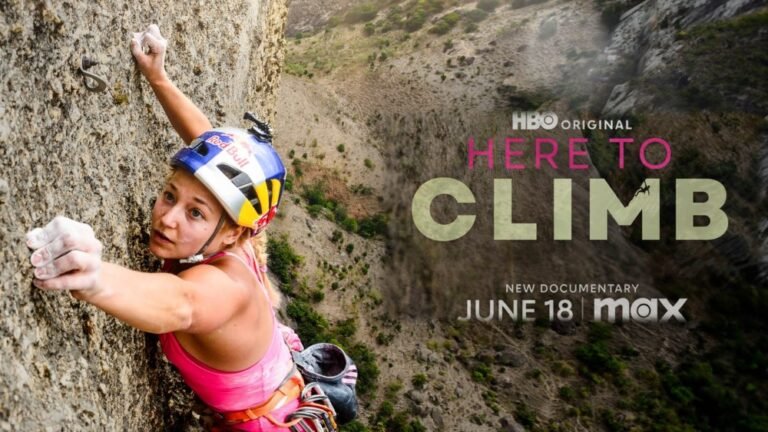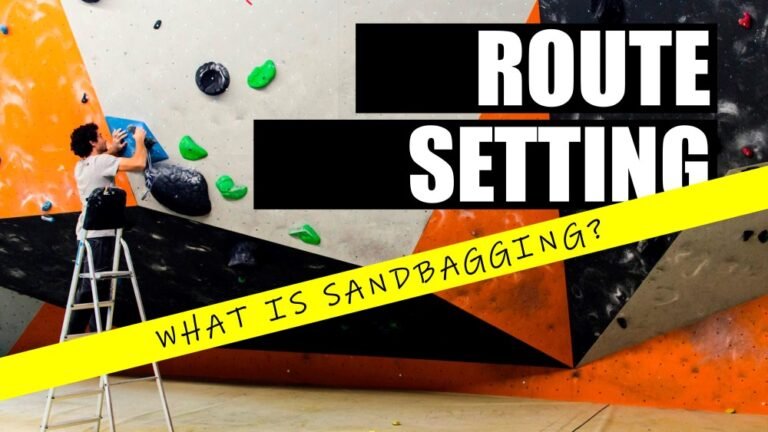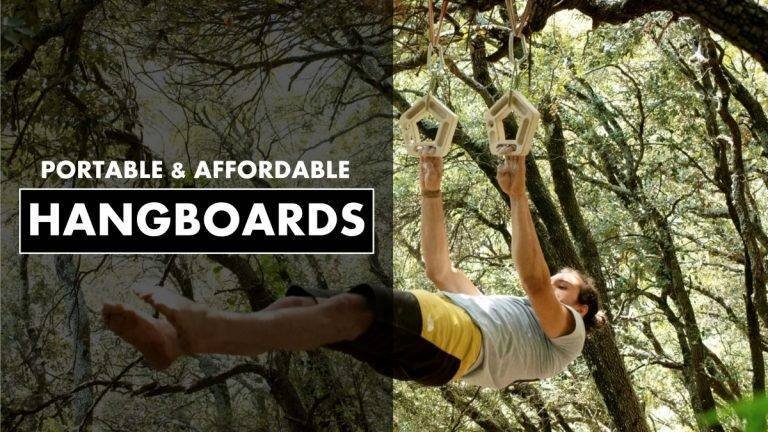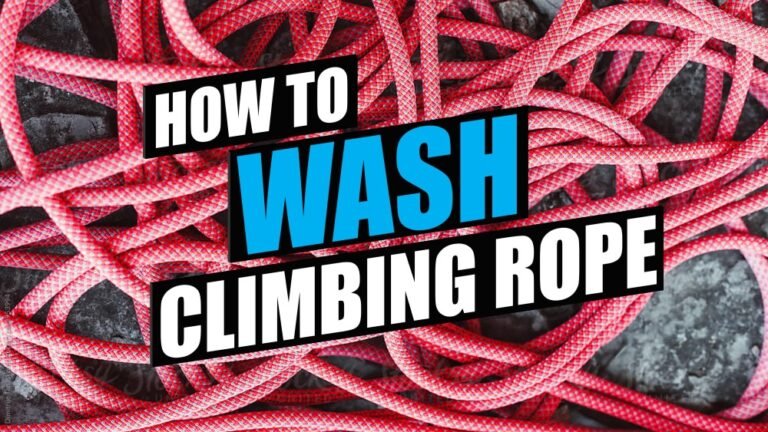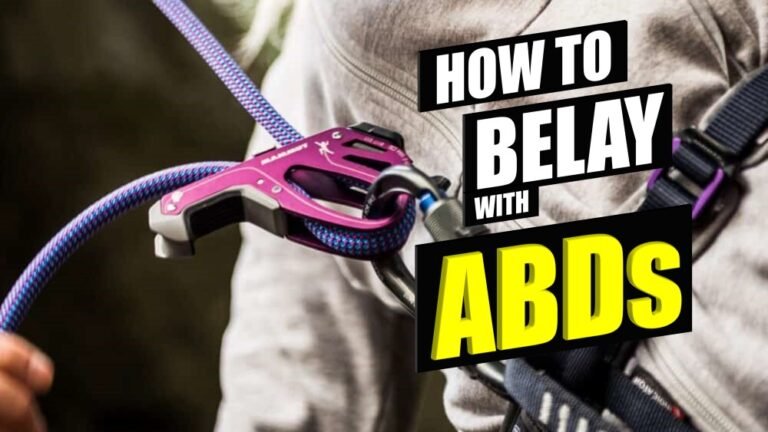Products to treat climbing injuries
Climbing is an intensive sport and climbers are prone to injuries. Climbing at an intensity you are not used to or at grades well over your limit is a recipe for getting injured. Every climber will get injured doesn’t matter if you are a pro or a novice. If you had never been injured that means you hadn’t been climbing.
The most common injuries climbers get from climbing are to their fingers, elbows and knees. The only way to treat these injuries is to seek professional help from doctors. However, you can facilitate your recovery by relieving pains with useful gadgets found online.
Finger injury
Having finger injuries is the worst. One of the most common finger injuries is pulling your finger flexor tendons. Crimpy bouldering problems or training on campus rungs are some of the main reasons for finger injuries.
How to train on hangboard without getting injured
To recover from finger injury you’ll need to rest, massage and strengthen your flexor tendons. These are some innovative products for massaging the finger joints and for exercising the fingers to equalize the balance between the flexor and extensor muscles.
Finger Ice Sleeves
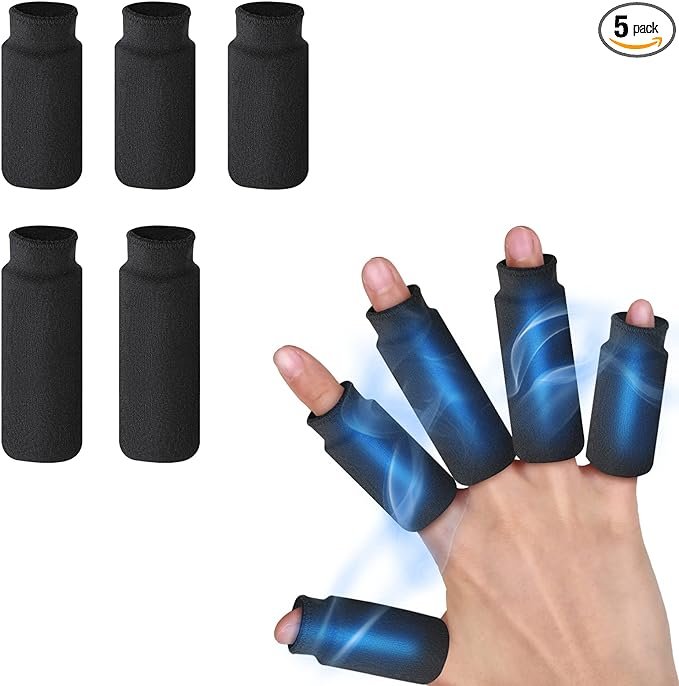

Finger & Hand Massager Roller


Elbow injury
Elbow pain is another common injury climbers have to deal with. Climbers can experience both tennis elbow (lateral epicondylitis) and golf elbow (medial epicondylitis). Elbow pain can take a long time to heal depending on the severity of the injury.
How to use an elbow support brace
To relieve elbow pain, the elbow will need support and regular massages. Elbow support brace and massage devices can help to reduce pain and facilitate recovery.
Elbow Brace
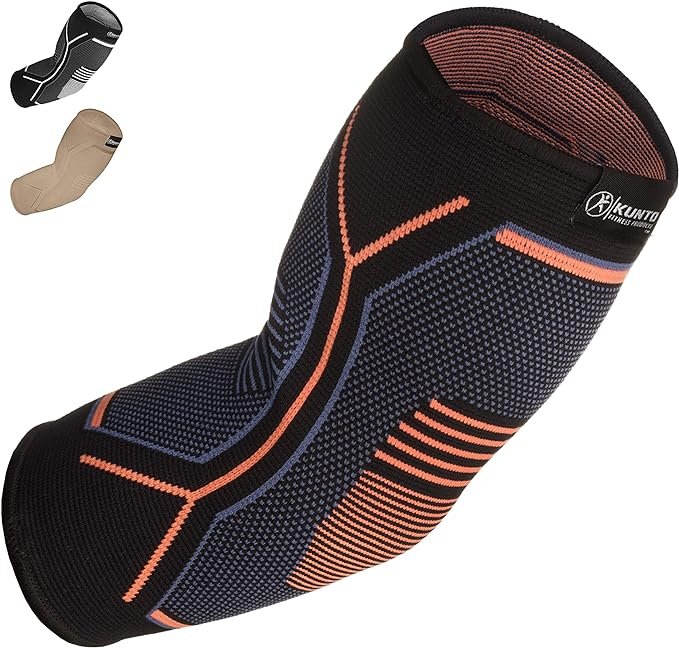

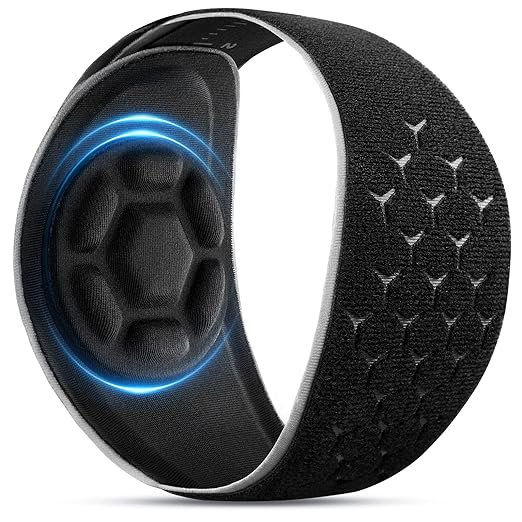

Knee injury
Climbing-related knee injuries can be due to the high-stress moves imposed on the knees such as heel hook, high step, drop knee and falling. Knee injury is painful as your knees need to support your body weight. A knee support brace offers pain relief from knee injuries by stabilizing your knee with compression and massaging the injured knee can facilitate and speed up recovery.
Knee Brace




Muscle Pain
Having muscle aches and soreness is just part and parcel of training. Muscle aches and pain are not an injury but they can be “pain in the neck”. Unless you are a pro athlete and have masseuses readily available at your service, your next best option is a handheld massage device. Great for targeted massage on sore and aching muscles by applying pulses of concentrated pressure deep into your muscle tissue which can work knots and tension out of the muscles while improving blood flow and quickly enhancing range of motion.
Massage Gun
